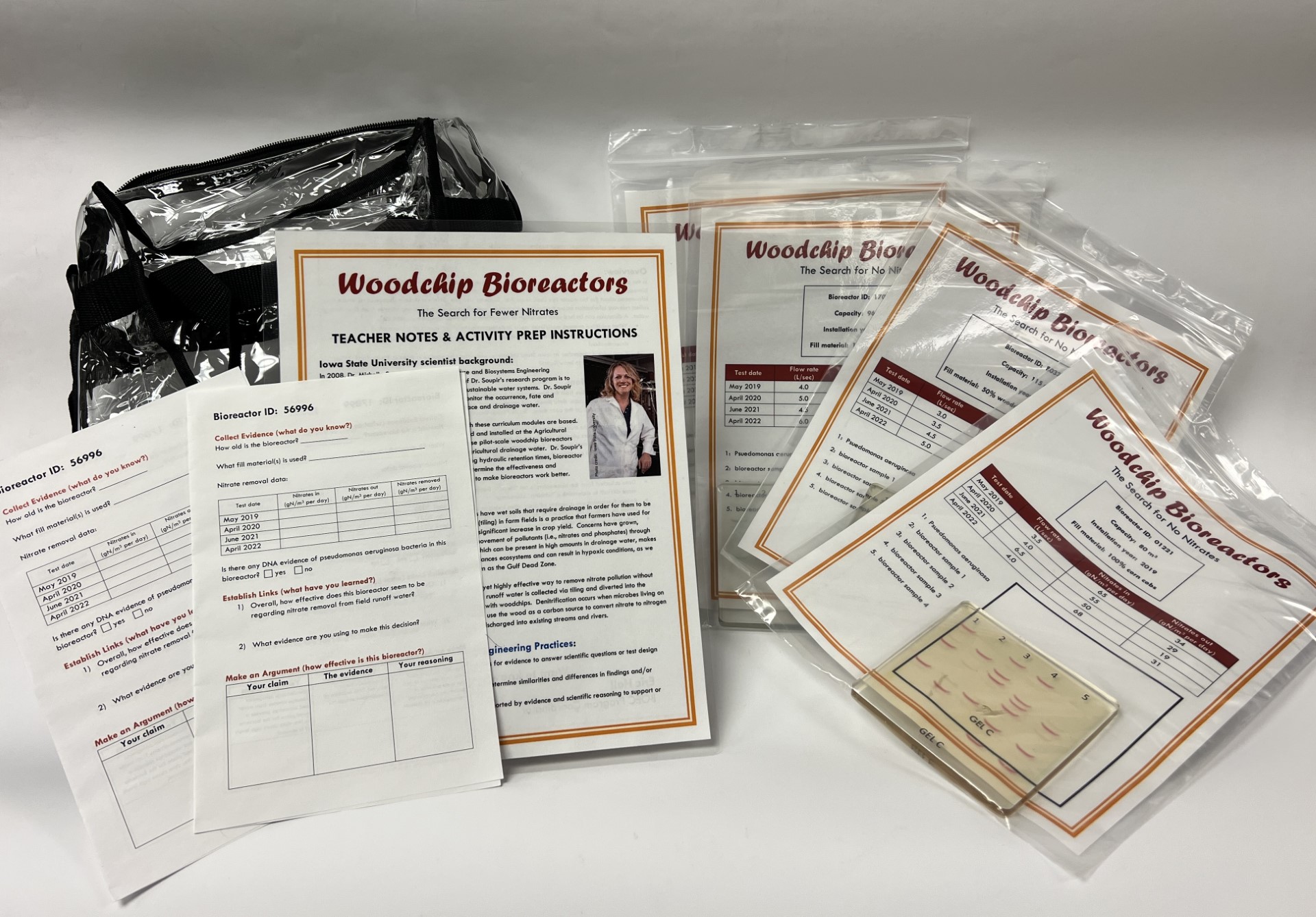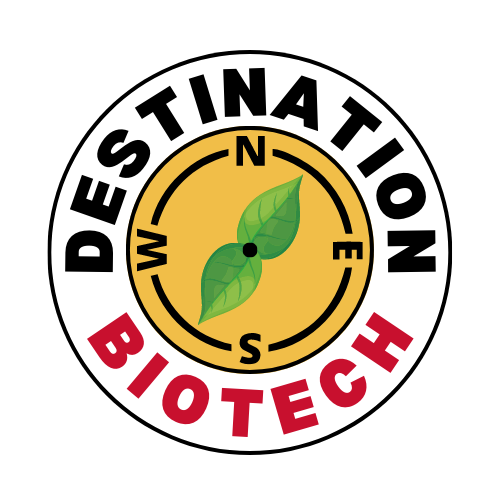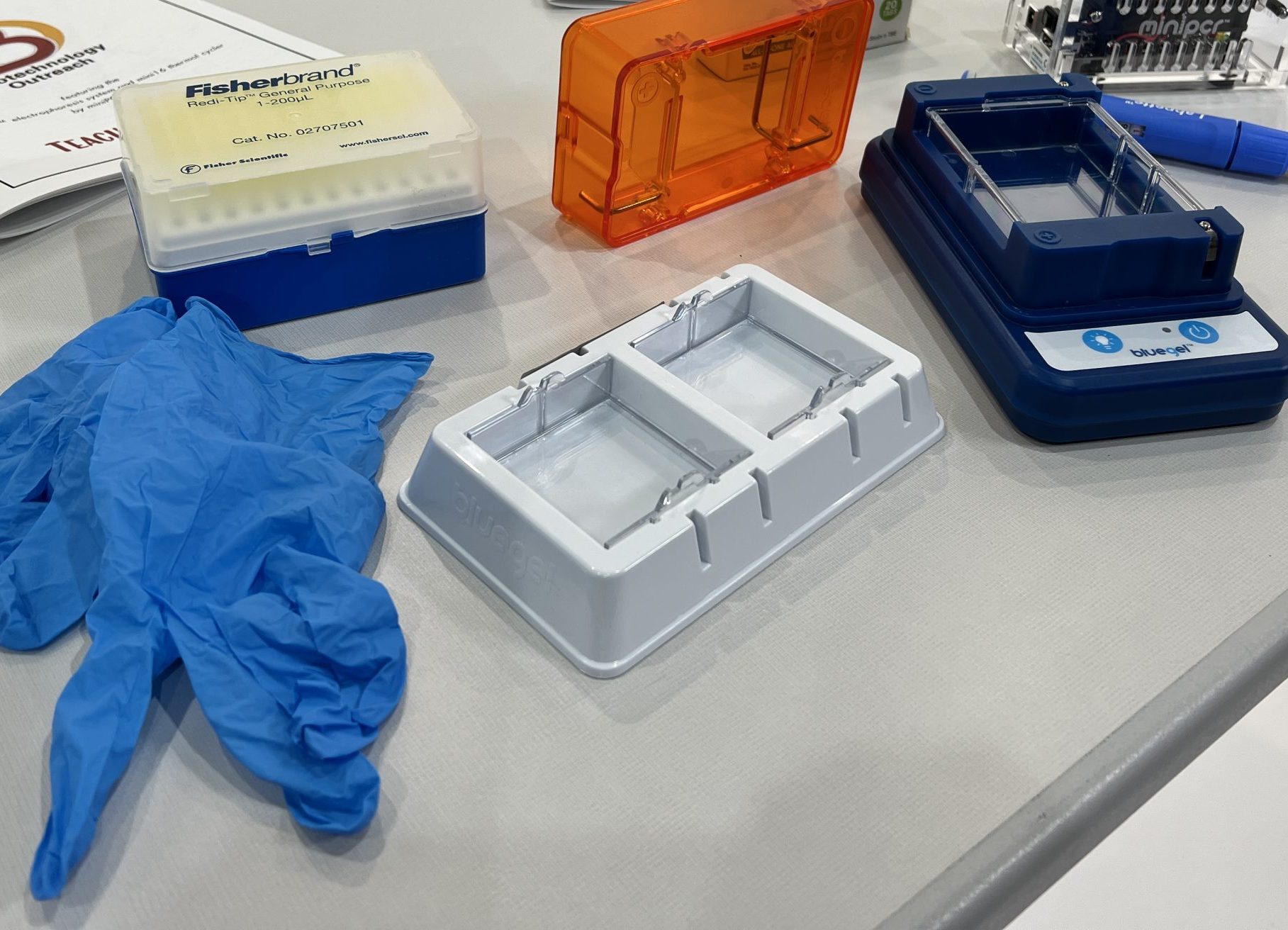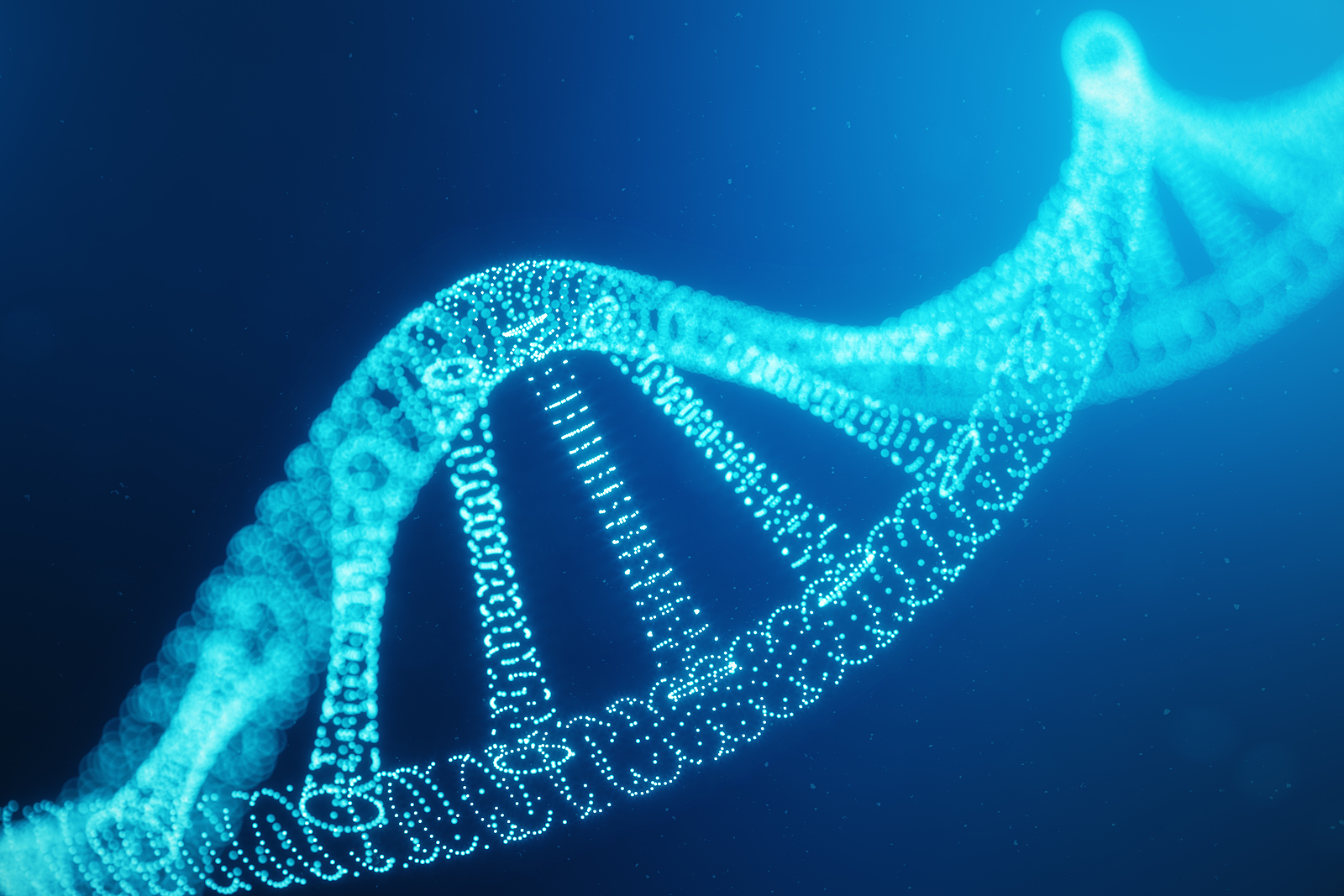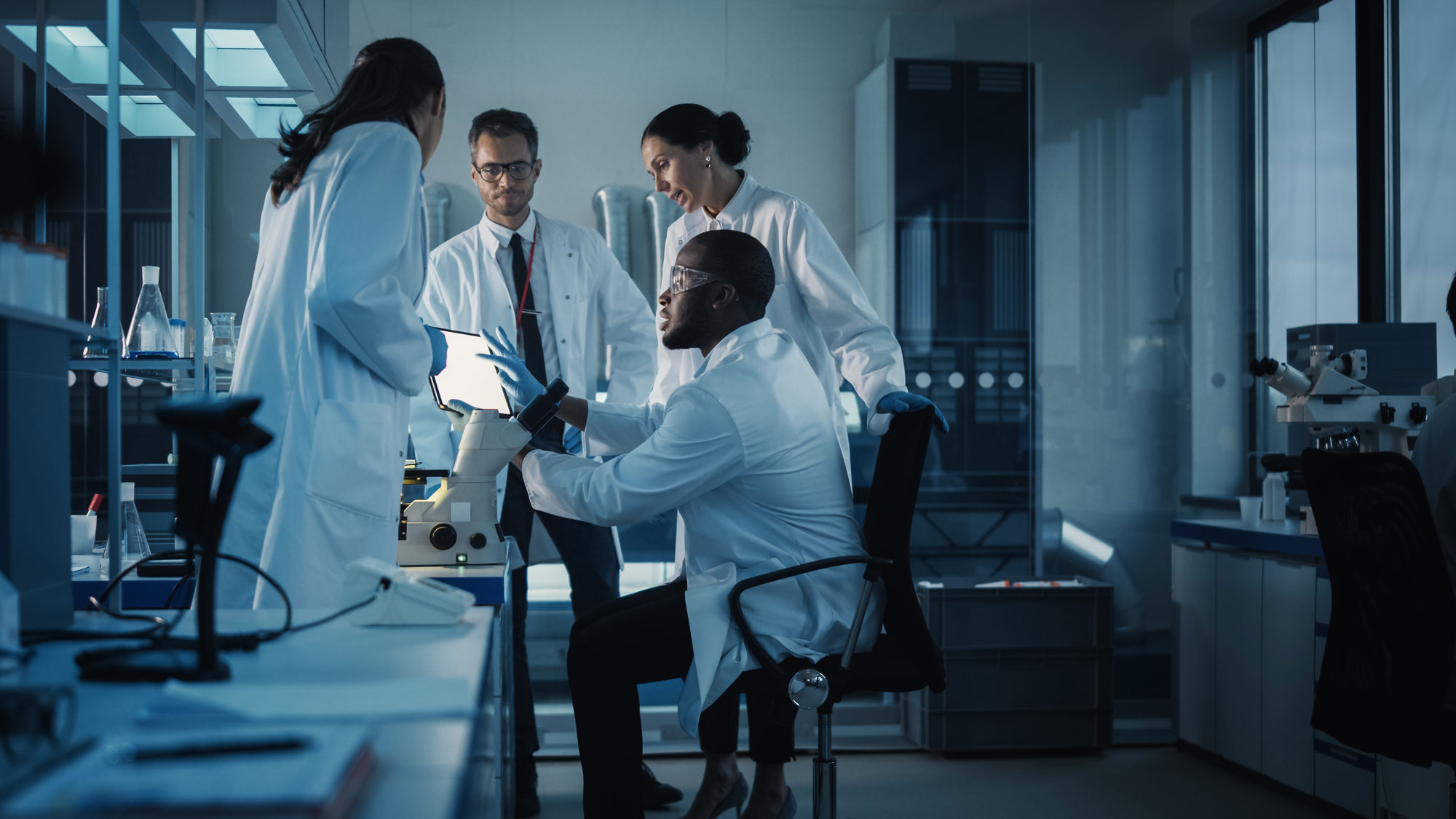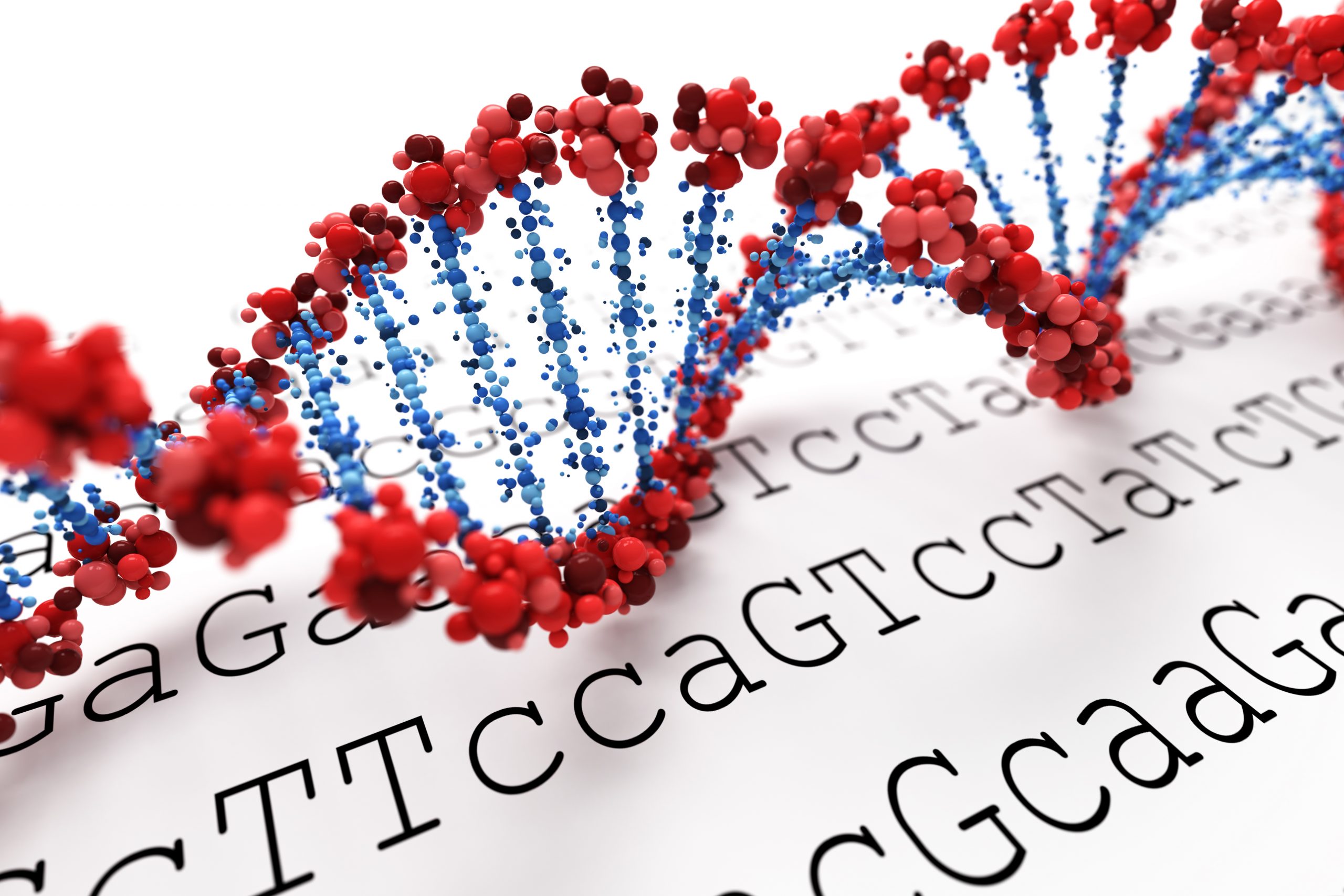This activity-in-a-bag asks students to use their data analysis skills to decide which bioreactor is most effective, and why.
Continue readingEpisode 1: What’s the buzz about bioethics?
Clark Wolf discusses how his research in bioethics helps us process many of today’s most intriguing issues. Conversation topics include: gene editing, genetically modified organisms, and sharing and communicating research findings. Dr. Wolf shares a particularly buzz-worthy project about genetically modified mosquitos, too!
Continue readingDNA Fingerprinting (miniPCR version)
This protocol should be used with the miniPCR BlueGEL electrophoresis system, which qualified teachers can request through the BOEC lending program.
Continue readingPCR Investigation
This is a stand-alone protocol which asks students to use polymerase chain reaction (PCR) and gel electrophoresis to identify the Alu gene sequence. It is written specifically for use with the miniPCR Bio blueGel(TM) and mini16 thermal cycler equipment. Contact Biotech Outreach for additional information.
Continue readingDNA Transformation of Bacteria: Red Colony
In this experiment, a plasmid with a gene (DNA) for resistance to the antibiotic ampicillin and the lacZ gene will be transferred into a susceptible strain of the bacteria. The same technique is used to transfer genes (DNA) for the production of insulin, growth hormones, and other proteins into bacteria. The transformed bacteria are used in fermentation to produce commercial quantities of the protein for treating diabetes, dwarfism, or other uses. The cells that take up this plasmid will show resistance to the antibiotic and produce a color change (dark red) as the lacZ gene converts lactase in the media.
Continue readingDNA Fingerprinting (protocol only)
DNA fingerprinting is a technique used in biotechnology laboratories to establish links between various samples of DNA. These samples would likely be taken from several different sources and compared to see if – or how well – they match. Scientists are able to determine relationships among the sources of DNA depending on the results of the “fingerprint” using gel electrophoresis.
Continue reading
